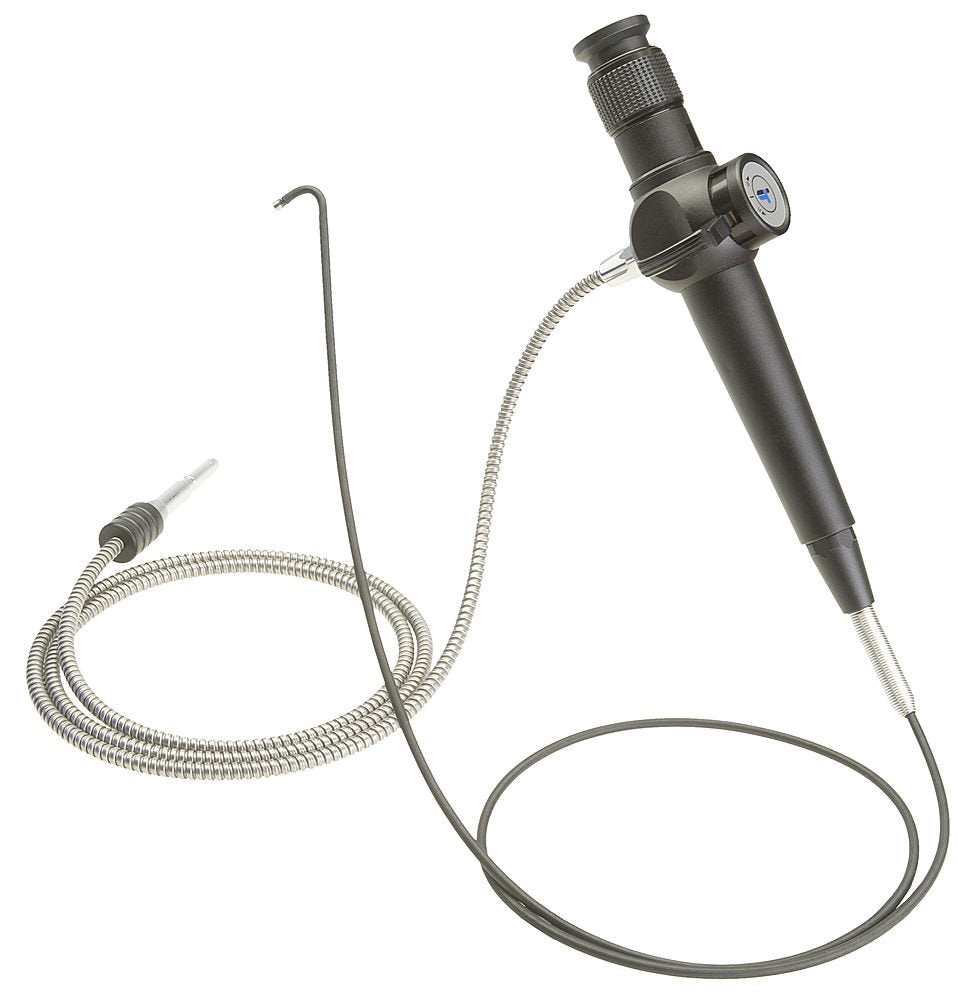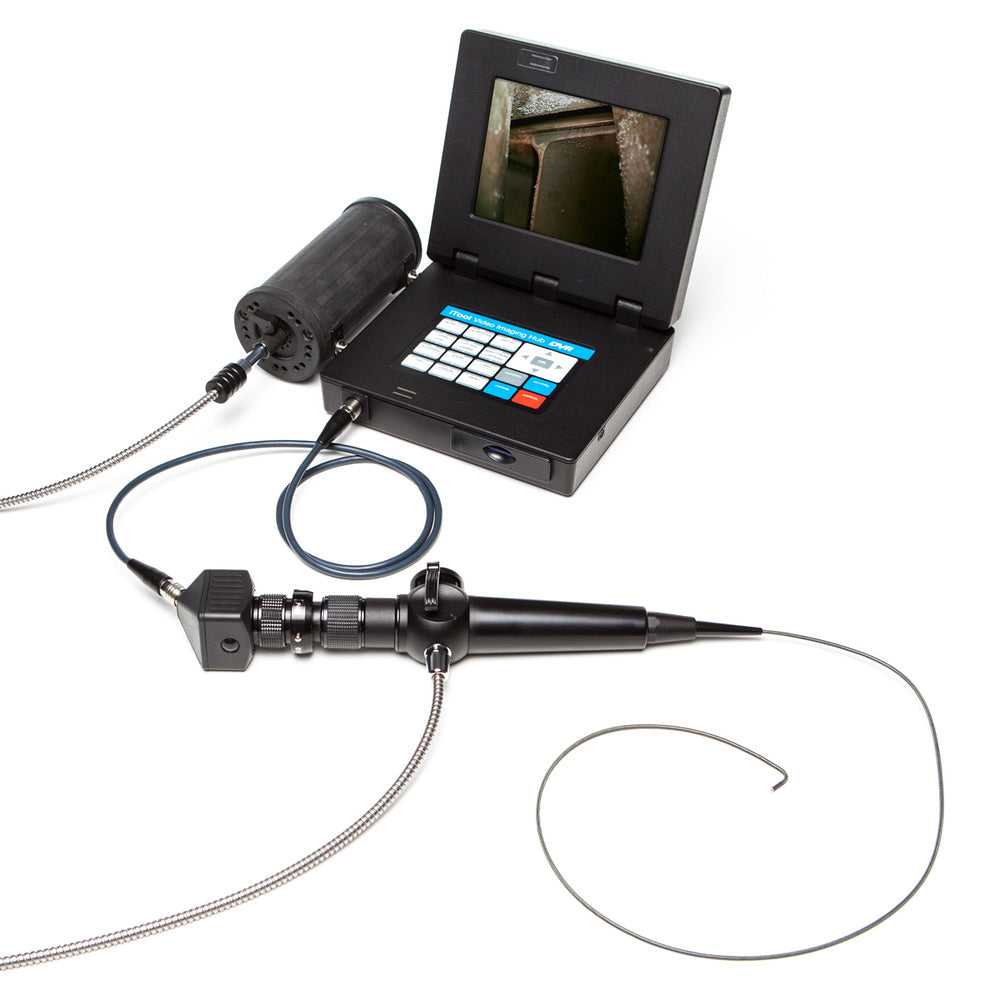iFlex Fiberscope
iFlex Fiberscope is backordered and will ship as soon as it is back in stock.
The AIT Advantage
Proud U.S. Government Supplier
We simplify purchasing for U.S. Government buyers by accepting Government Purchase Cards (VISA, MasterCard, American Express) and regular credit cards. We also offer Net 30 terms to most federal, state, and local agencies.
CAGE Code: 9U7N2
AIT is a Small Business, as defined by SBA Small Business Size Standards. Contact us to submit an RFQ or purchase order.
FREE Lifetime Tech Support
AIT is your partner for life. We’re here to help with any questions you may encounter after the purchase, for as long as you own the product.
AIT Authenticity Guarantee
Mission-critical projects demand top-quality equipment—there’s no room for error. AIT guarantees 100% authentic products, rigorously inspected to ensure manufacturer-direct quality. Trust AIT to eliminate the risks of counterfeit or compromised gear.
FREE Technical Consultation
At AIT, you'll speak directly with real experts who have decades of experience in visual inspection. Whether it's a hard-to-reach turbine blade, pipe, duct, or a circuit board, we offer solutions tailored to your unique needs.
Our expertise is available at no cost and with no obligation.
Flexible Financing Options
Get essential equipment now without waiting on budget cycles. Our flexible financing options turn capital expenses into operational costs, preserving your capital budget.
Getting a financing quote is quick, easy, and free. In just a few simple steps, you’ll have a tailored quote to help secure the equipment you need without delay. Contact us for more information.
iFlex Fiberscope Overview
- Diameter: 2.4, 3.5, 4.0 and 6.0 (.094, .137, 157 and .236 inch)
- Length: 70 to 300 cm (2.3 to 10 Ft.)
- Direction of View: 0° Forward
- Field of View: 70°
- Articulation: 2-Way and 4-Way
- High Resolution Leached Fiber Optic Scope
- Water Proof: YES
- Fiberscope Construction: Tungsten Braided Sheath
- Industrial Grade Storage and Transportation Case
Features and Benefits of iFlex Fiberscope
- The iFlex 2.4mm fiberscope universally adapts to any video system for recording video or digital still images to store inspection results and import the images to your PC.
- 2-way and 4-Way articulation allows the fiberscope to easily navigate tight inspection areas.
- The tungsten outer braid has 5 times the wear resistance of stainless steel. This means your fiberscope will stand up to the wear and tear of industrial applications.
- Water tight Insertion Tube in: Water, Mineral and Synthetic Oils, Hydraulic Fluids, Aviation Fuel, Kerosene, Gasoline and Diesel Fuel.
- Adapts to any existing light source with interchangeable light guidepost adapters to allow compatibility with existing equipment.Rugged Aluminum with matt powder finish hand piece construction withstands harsh industrial environments for years of use.
Connect with an AIT Inspection Specialist for FREE Technical Consultation
Need help finding the right tool? Complete the form, call us at (321) 610-8977, or email sales@aitproducts.com.
Our specialists typically respond within the same business day.




